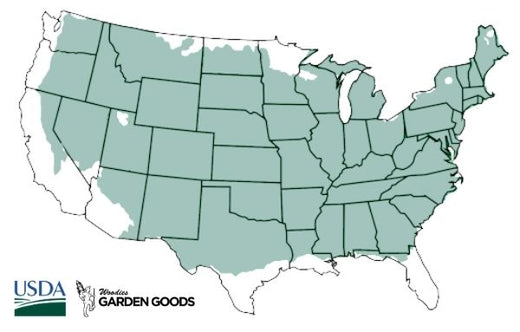Images Depict Mature Plants
Red Buckeye Shrubs for Sale Online
Aesculus pavia, commonly called the Red Buckeye shrub, is a deciduous clump-forming shrub or small tree with an irregularly rounded crown. Hummingbirds and bees love the Red Buckeye and feed on nectar from flowers in the early spring.
Quite handsome flowering tree displaying attractive red flowers in 3 to 6 inch clusters at the branch tips. An important native tree for wild and wildlife gardens. Ideal beneath existing forest cover or large shade trees for protection from sunburn.
| Hardiness Zone: | 4-8 |
|---|---|
| Mature Height: | 12 to 15 Feet |
| Mature Width: | 12 to 15 Feet |
| Classification: | Deciduous shrub |
| Sunlight: | Full Sun to part shade |
| Habit: | Deciduous, densely branched, shrub forming |
| Flower Color: | Bright red |
| Foliage: | New growth emerges a bright green turning a little darker as it matures |
| Soil Condition: | Any well drained soil but will tolerate “wet feet” |
| Water Requirements: | Water well until established |
| Uses: | Extremely attractive when used as a focal point in the mixed border, mass planting, or a specimen planting. Provides unmatched winter interest especially when planted in front of a contrasting backdrop |
Growzone: 4-8
![Red Buckeye Shrubs Hardiness Zone 4-8]()

How to Care for Red Buckeye Shrubs
Be sure to read our planting instructions to ensure a healthy and happy plant for years to come!










